Spring Retractors,Blunt Prongs
Superior Surgical Graded Stainless steel Instruments Manufactured by Rizbain Surgical Best stability against corrosion More durable, Best Stability against corrosion, High resistance against disinfection and sterilization, Made with Rizbain Surgical is one of the Largest Surgical Store, who Manufacturing and Selling Extreme Quality Self Retaining Retractors, such as Alm Self-Retaining Retractors, Weitlaner Retractors all the size and Shapes, Spring Retractors, Skin Retractors, Finsen Retractors, Finsen Retractorsy.
SKU:
CS-0050
Categories: PLASTIC SURGERY INSTRUMENTS, SELF RETAINING RETRACTORS
Tags: PLASTIC SURGERY, Self Retaining Retractors
Description
Description
Spring Retractors with Blunt Prongs: A Comprehensive Guide
Spring retractors with blunt prongs are essential surgical instruments widely used in various medical and surgical procedures. These retractors are critical in providing clear visibility and access to the surgical field while minimizing tissue damage. Their unique design and functionality make them indispensable tools in operating rooms worldwide.
What Are Spring Retractors?
Spring retractors are self-retaining surgical instruments that hold back tissues, organs, or other anatomical structures during a procedure. They utilize a spring mechanism that ensures consistent tension and positioning without requiring manual adjustments. The addition of blunt prongs is a deliberate choice to provide secure tissue retraction while reducing the risk of perforation, laceration, or trauma to delicate structures.
Features of Spring Retractors with Blunt Prongs
- Blunt Prong Design
- The blunt prongs are specifically shaped to hold soft tissues gently yet firmly. This design minimizes the risk of inadvertent injury to tissues, making them ideal for procedures in sensitive areas.
- Spring Mechanism
- The built-in spring mechanism provides a self-retaining feature, allowing the surgeon to focus on the procedure without needing an assistant to hold the retractor in place.
- High-Quality Materials
- Typically made from surgical-grade stainless steel, these instruments are durable, corrosion-resistant, and easy to sterilize.
- Variety of Sizes and Configurations
- Spring retractors with blunt prongs come in various sizes to accommodate different anatomical areas and surgical requirements. The diverse range ensures optimal adaptability across specialties.
- Ergonomic and Lightweight
- Designed with the user in mind, these retractors are lightweight and ergonomically crafted to minimize hand fatigue during prolonged surgeries.
Applications in Surgery
Spring retractors with blunt prongs are used across numerous surgical disciplines, including:
- General Surgery
- In procedures such as hernia repairs or appendectomies, they help retract soft tissues to improve visibility.
- Plastic and Reconstructive Surgery
- Ideal for delicate work where precision and gentle tissue handling are essential.
- Orthopedic Surgery
- Assists in exposing joint spaces and surrounding structures without causing additional tissue trauma.
- Gynecological and Obstetric Procedures
- Often used in procedures like C-sections or hysterectomies for efficient and safe retraction.
- Pediatric Surgery
- The blunt design is particularly beneficial in pediatric cases where tissues are more fragile and require careful handling.
Benefits of Using Spring Retractors with Blunt Prongs
- Safety
- The blunt prongs ensure reduced risk of injury to soft tissues, blood vessels, or organs.
- Efficiency
- The self-retaining mechanism frees up surgical staff to perform other tasks, enhancing overall efficiency in the operating room.
- Reduced Fatigue
- The ergonomic design minimizes physical strain on surgeons during lengthy procedures.
- Cost-Effective
- Durable materials and reusable designs make these retractors a long-term investment.
- Versatility
- Suitable for a wide range of surgical procedures, ensuring adaptability in diverse medical scenarios.
Maintenance and Care
To ensure the longevity and optimal performance of spring retractors with blunt prongs, it is essential to follow proper care protocols:
- Cleaning
- Thoroughly clean the instrument after each use to remove biological debris and prevent corrosion.
- Sterilization
- Use appropriate sterilization techniques, such as autoclaving, to maintain sterility and comply with medical standards.
- Inspection
- Regularly inspect the retractors for signs of wear, such as weakened springs or damaged prongs, and replace them if necessary.
- Storage
- Store in a dry, clean environment to prevent rust and maintain functionality.
Conclusion
Spring retractors with blunt prongs are invaluable tools in modern surgical practice. Their ability to provide consistent retraction while safeguarding tissues makes them a preferred choice for surgeons across specialties. By understanding their features, applications, and benefits, healthcare professionals can maximize their utility and ensure the best outcomes for their patients. Proper care and maintenance will further enhance their performance, ensuring reliability in every procedure.
Reviews (0)
Be the first to review “Spring Retractors,Blunt Prongs” Cancel reply
Shipping & Delivery


MAECENAS IACULIS
Vestibulum curae torquent diam diam commodo parturient penatibus nunc dui adipiscing convallis bulum parturient suspendisse parturient a.Parturient in parturient scelerisque nibh lectus quam a natoque adipiscing a vestibulum hendrerit et pharetra fames nunc natoque dui.
ADIPISCING CONVALLIS BULUM
- Vestibulum penatibus nunc dui adipiscing convallis bulum parturient suspendisse.
- Abitur parturient praesent lectus quam a natoque adipiscing a vestibulum hendre.
- Diam parturient dictumst parturient scelerisque nibh lectus.
Scelerisque adipiscing bibendum sem vestibulum et in a a a purus lectus faucibus lobortis tincidunt purus lectus nisl class eros.Condimentum a et ullamcorper dictumst mus et tristique elementum nam inceptos hac parturient scelerisque vestibulum amet elit ut volutpat.
Related products
Anderson Bear Claw Retractors
Aufricht Nasal Rasp 21cm Down
Rizbain Surgical Offering High-quality Rhinoplasty Instruments, these Instruments also called Nose Job Instruments, such as Aufricht Nasal Rasps, Cottle Nasal Rasps for Rhinoplasty, Guebisch Fomon T.C. Nasal Rasps, Fomon Bone and Nasal Rasps, Joseph Nasal Saw for Nose Job, Cottle T.C. Nasal Rasp. Lewis T.C. Nasal Rasp.
Aufricht Walter Nasal Retractor – Double Ended
The Aufricht Walter Nasal Retractor is a handheld surgical instrument designed to gently retract tissues in the nasal area, providing enhanced visibility and access to the surgical site. Its double-ended design offers flexibility, allowing surgeons to use the appropriate end based on the specific needs of the procedure.
Collier Needle Holder 12.5cm
GENERAL SURGERY, GENERAL NEEDLE HOLDERS, Surgical Instruments, PLASTIC SURGERY MEDICAL INSTRUMENTS, PLASTIC SURGERY INSTRUMENTS
Features:
- Superior Surgical Graded Stainless steel Instruments Manufactured by Rizbain Surgical
- Best stability against corrosion
- More durable, best stability against Corrosion, High resistance against disinfection and sterilization, Made with High-Quality Stainless Steel as per International Standards, Ultrasonic Cleaned, Gold Plated as per Products Structure!
- All the Instruments are Re-Usable, Boil Test, Performance Test, Shape Test, and QC Passed,
- Packing: Individually Packed
Dingman Cartilage Abrader 15cm, Curved Left
Rizbain Surgical Offering High-quality Rhinoplasty Instruments, these Instruments also called Nose Job Instruments, such as Aufricht Nasal Rasps, Cottle Nasal Rasps for Rhinoplasty, Guebisch Fomon T.C. Nasal Rasps, Fomon Bone and Nasal Rasps, Joseph Nasal Saw for Nose Job, Cottle T.C. Nasal Rasp. Lewis T.C. Nasal Rasp.
Dissecting Knife
GENERAL SURGERY, GENERAL KNIFE AND HANDLES, Surgical Instruments, GENERAL SURGERY INSTRUMENTS SET LIST, PLASTIC SURGERY INSTRUMENTS, KNIFE AND HANDLES
Kirk Mallet, 19.5 cm, Solid head, 900 grams
Rizbain Surgical Supplying High-quality Mallets and Cartilage Instruments, such as Cartilage Crusher, 65x30mm, Cottle Cartilage Crusher 65x30x30 mm, Cartilage Cutting Block, Teflon, 85x55x10mm, Colline Mallets, Mallet With Plastic Facing, Mallet, 26 cm, Novotex Plastic, 150 grams, 35mm diameter, Mallet with Fiber Optic Material. Lucae Mallet 260g 25mm Dia 19cm, Kirk Mallet, 19.5 cm, Solid head, 900 grams, Solid Mallets 370g 22.5cm.
Scalpel Handle Angled 3L
Castleimpexx Offering High-quality Scalpel Handles, Such as Dissecting Knife, Scalpel Handle Angled 3L, Scalpel Handle No. 3 (#3), Scalpel Handle Standard #4, Scalpel Handle Standard Double Ended, Scalpel Handle Strait 3L, Scalpel Handle with Celebrations No. 03 and Scalpel, Round Handle, 16cm, you can See our Scalpel Handles and other products on our Videos

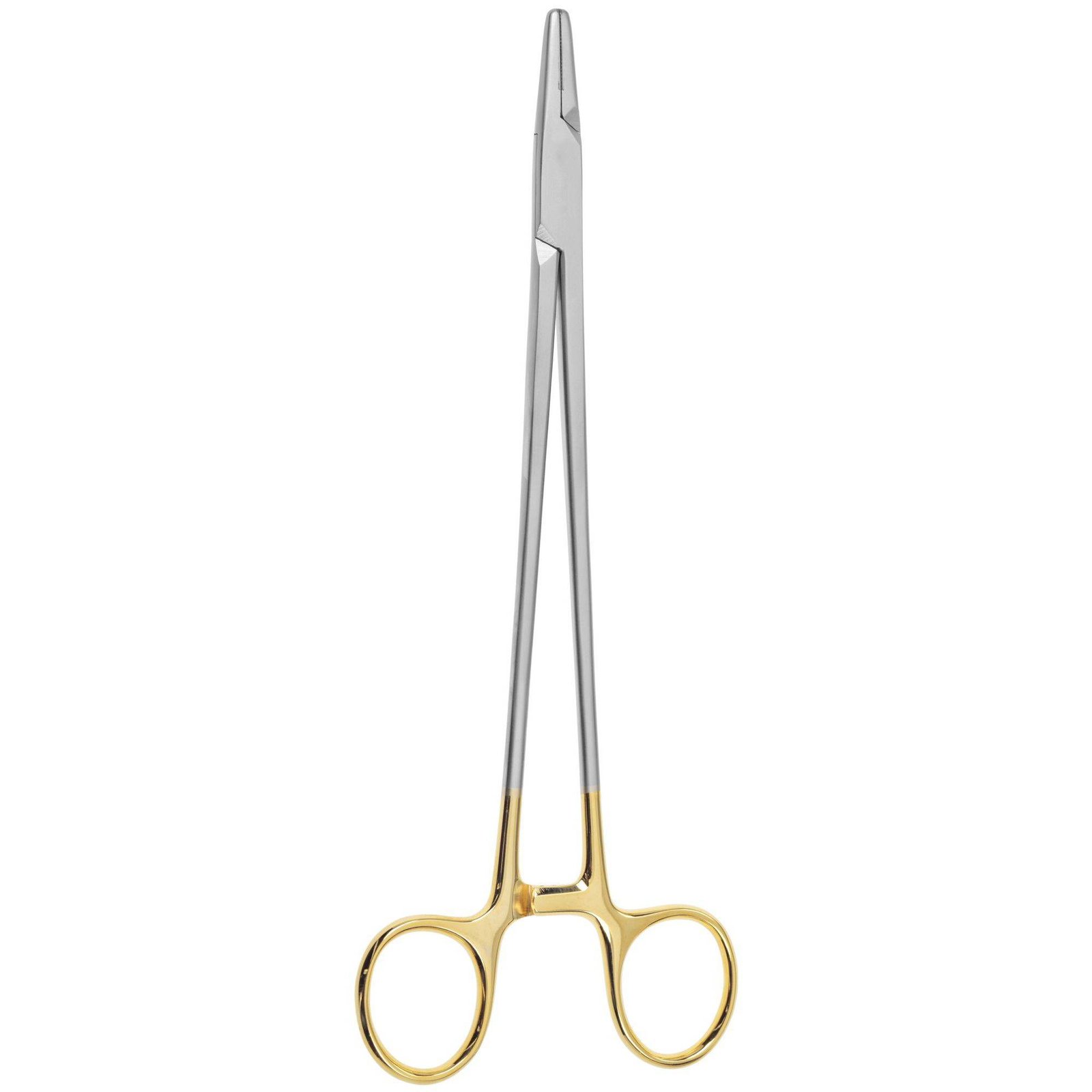
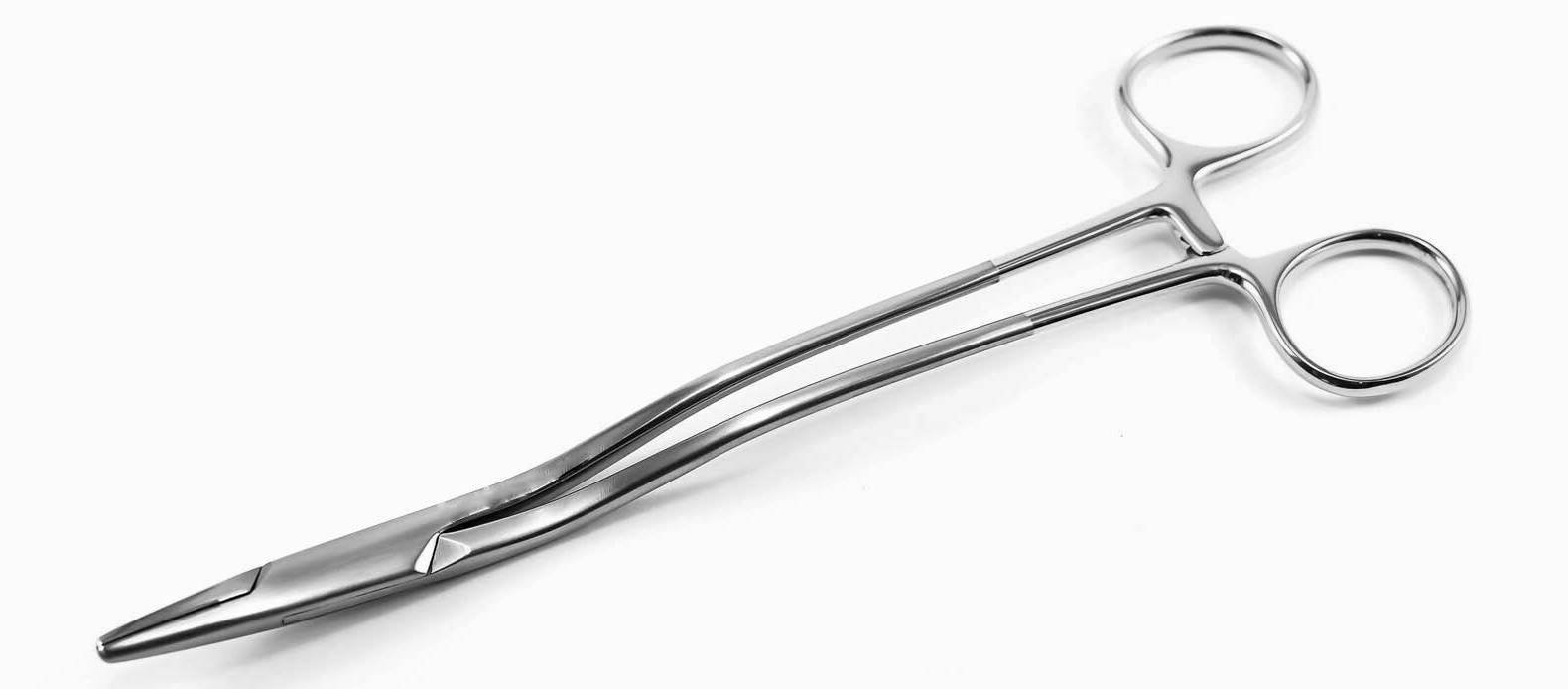
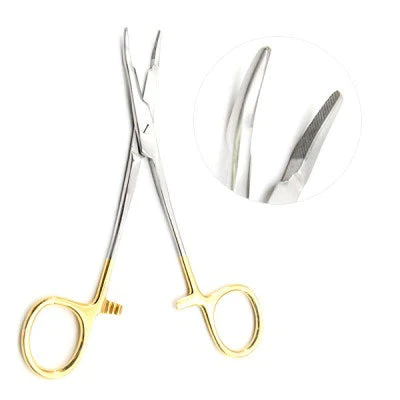



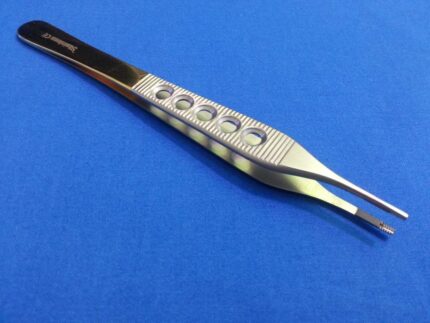




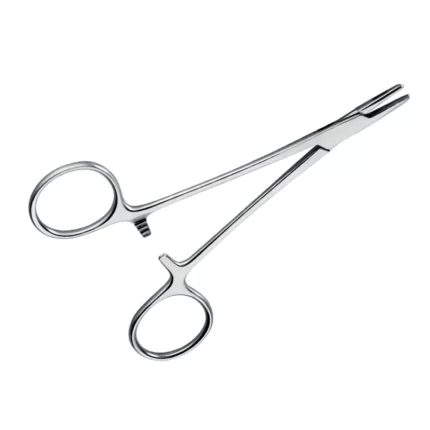

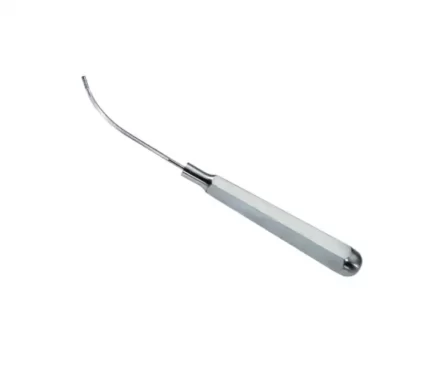
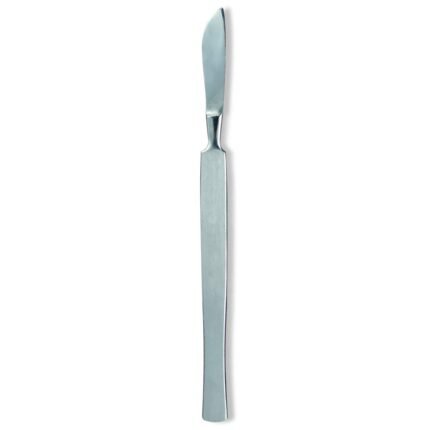


Reviews
There are no reviews yet.